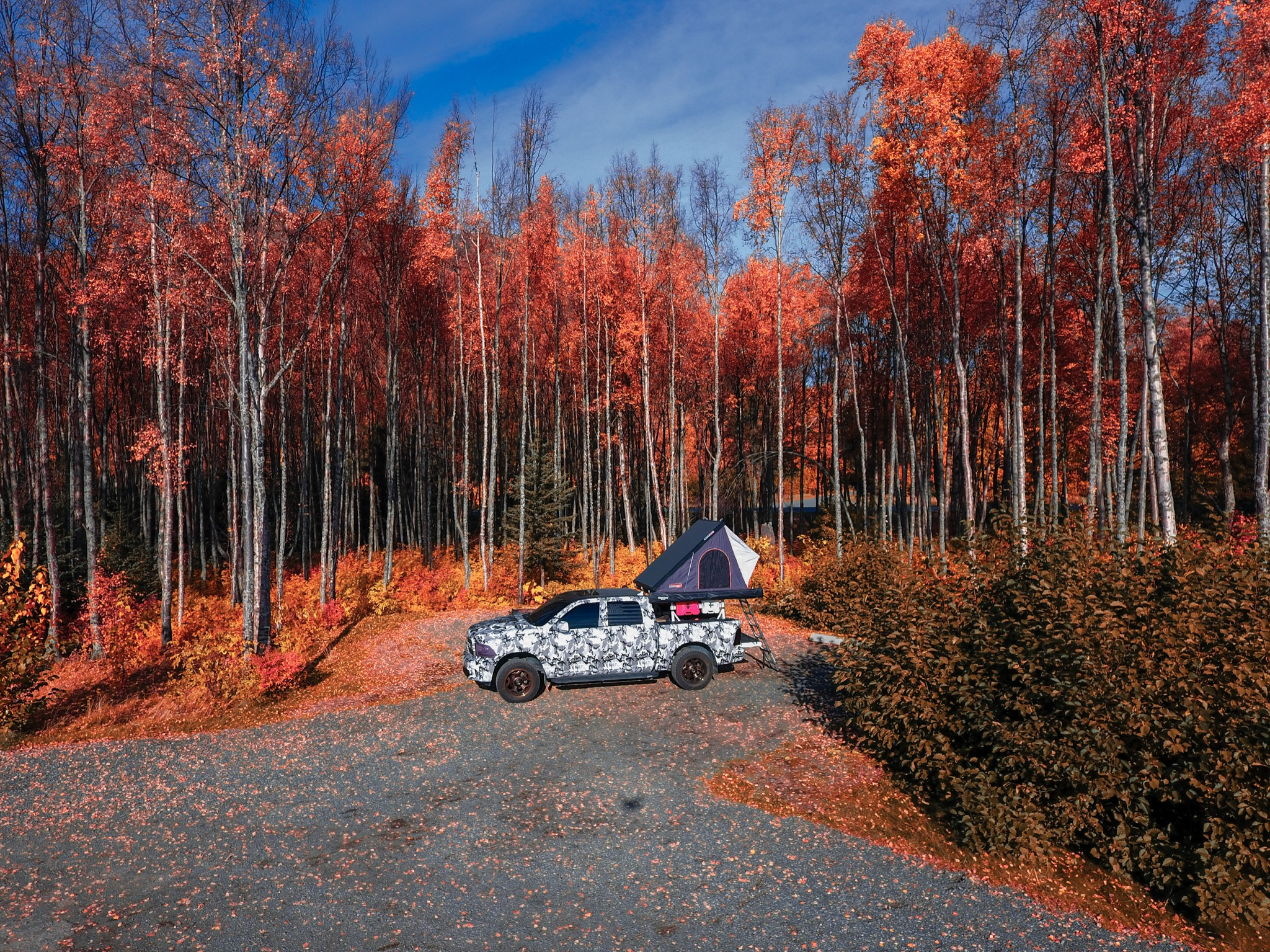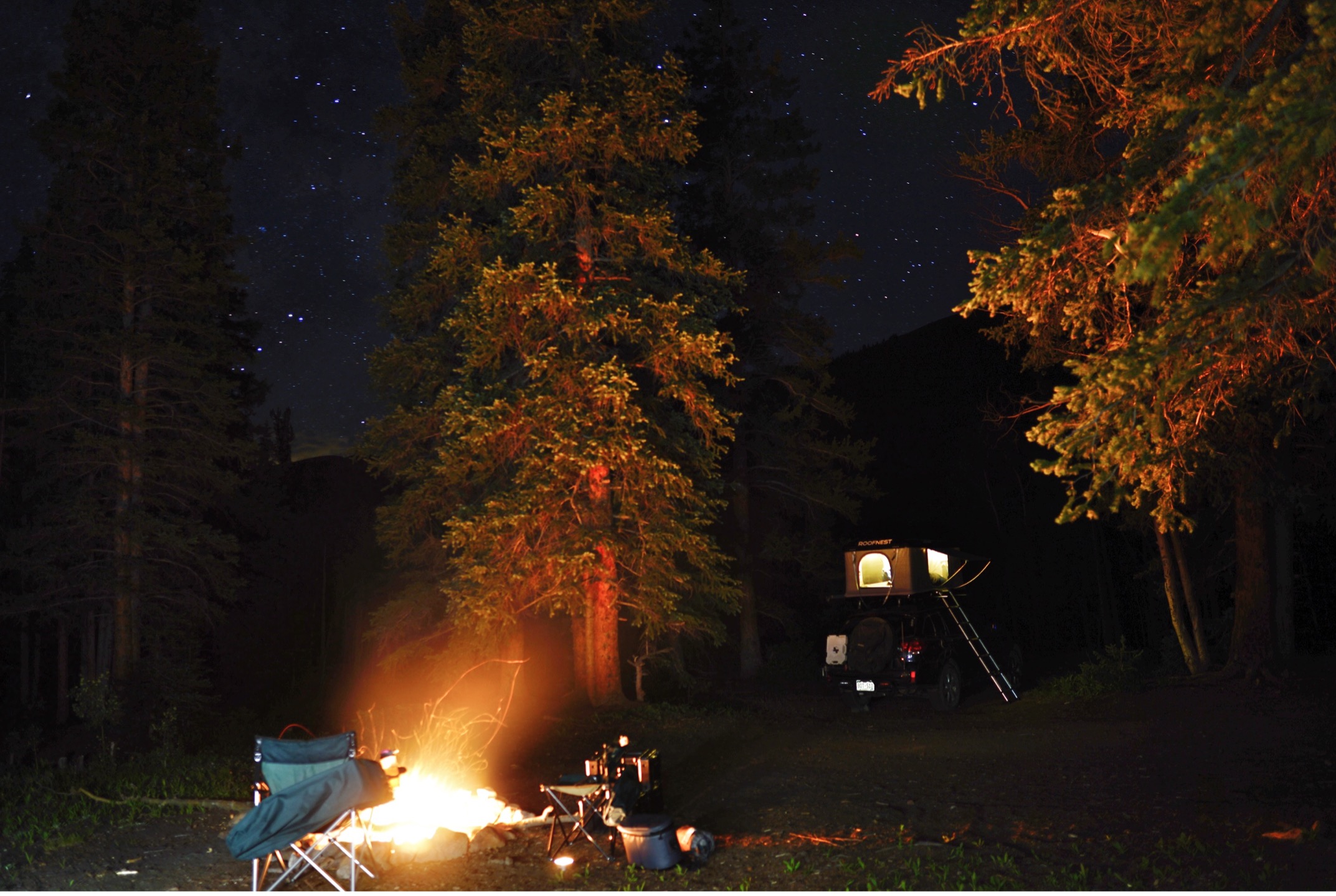in Outdoor Play / by
At Roofnest, we’re obsessed with the outdoors. We’re happy to get our wheels dirty on a mountain bike trail, brave the cold on some backcountry slopes, and test the white waters of the Colorado River with a good old-fashioned raft trip.
But one of our favorite ways to experience Mother Nature is by giving our hiking boots a run for their money out on the trails.
Here in Colorado, some people might think hiking isn’t really hiking unless you take on a 14er, or are planning a multi-day backpacking trip. But with the fresh air, great views, and trails for every level, hiking is an activity that even casual outdoor enthusiasts can get into.
Regardless of where you fall on the spectrum, hiking can be a great workout that can leave you feeling worn out and sore the next day.
This is especially true if you’re getting ready for your first hike of the year after a long winter (and stay-at-home spring). Or if you’re heading to a place like the Rocky Mountains for some higher elevation hiking, which takes some time for your body to adjust to.
If you’re thinking about taking the dive into a longer, multi-day hike this summer, you’ll definitely want to prepare for some sore muscles and joints.
There are, of course, things you can do to minimize the impact of hiking on your body — here are our top 5.
1. Prevent Fatigue with the Right Gear
One of the biggest mistakes you can make as a hiker is choosing boots that don’t fit properly. To make sure you won’t be cursing at your blistered feet after a long trek, follow these tips for finding the right hiking boot fit:
- Before you buy, be sure to try on the boots.
- Try on the boots near the end of the day. Your feet swell a bit throughout a day, so this will help you avoid buying boots that are going to feel tight at the end of a hike.
- Wear the kind of socks you would wear on a hike when you try on your boots — wool socks are the best because they keep your feet from getting sweaty, and wool is antimicrobial!
- Walk around and up and down stairs when you try on the boots — stores like REI even have faux rocks to climb around on.
Once you’ve found the perfect boot, be sure to break them in before going on your first hike. Wear them around the house, on walks around the neighborhood, and on a short hike or two. Make sure you’re totally comfortable in them before you rely on them for a longer more hardcore hike.
The second most important piece of hiking gear is your backpack. Whatever backpack size or style you prefer, you want to make sure the backpack is a good fit for your body.
Choose a backpack that’s designed for your torso length:
- Measure the distance from the nape of your neck to your hips — that’s your torso length.
- Make sure the hip belt can be secured tightly around your waist — this allows your hips to support a majority of the pack’s weight.
When you pack your bag, keep its weight under 20% of your body weight. For example, to avoid injury and to maximize comfort, a 160-pound man shouldn’t load more than 32 pounds into his backpack for a hike.
Moderating pack weight will also let you hike further. The less weight you’re carrying, the longer you can hike, and the fewer injuries you’ll suffer.
Finally, to prevent knee and ankle pain, try hiking with trekking poles, which can help distribute some of the burden of downhill hiking to your arms.
2. Stay Hydrated and Eat the Right Foods
Hydration is key for pretty much every part of your body to function properly. Without enough water, the nutrients you get from those energy bars you packed can’t get to the cells that need them.
And that’s just on a normal day. When you’re hiking, your body needs even more water to do what you’re asking it to.
Be sure to drink lots of water and stay well hydrated in the days leading up to your hike, and keep drinking water during your hike and after. The best way to help your body stay hydrated and healthy is to drink water before you actually feel thirsty — try to drink about a liter of water over every 3 hour period.
Your body will crave calories, protein, carbs, fiber, and electrolytes during a long hike.
The best snacks to bring along on your hike should be packed with nutrients that will give you energy for the long time.
Healthy, non-processed foods that will digest relatively slowly are key (and that you can easily eat on the go). That includes nuts, jerky, dried fruits and veggies, and nutrition bars (with minimal added sugars).
Before you head out on a hike, power up with a hearty breakfast of oatmeal, eggs, fruit, veggies, and salmon (or another lean protein). Peanut butter or other nut butters are a good protein source, too.
After your hike, track down some dark, leafy greens, carbs from rice or pasta, nutrients from sweet potatoes, and protein from lean meats, cheese, Greek yogurt, and nut butters.
3. Don’t Overdo It
The easiest way to wear yourself out is to push well past your limits. We wouldn’t recommend taking on a full 14er as your first hike of the season.
If you’re a relative newcomer to hiking or have previous injuries, start with a trail that has a number of nice stops along the way. That way you can turn around whenever you want, and not feel like you’re missing out on a final destination.
With each hike, you can push yourself a little further. Pretty soon, that 14er will be cake…well not really, but you can do it!
4. Start (and End) Slow
At the beginning and end of a long hike, walk slowly to give your legs a chance to warm up and cool down. Take it easy for the first mile or two, then turn up the speed a bit if you want.
When you’re nearing the last 10 minutes or so of your hike, slow down again to help your body transition from a state of high activity into a state of rest. This will allow your muscles to gradually cool down and get rid of lactic acid, which can build up during more intensive exercise.
The goal is to prevent unnecessary strain on your muscles, which can result in soreness that could keep you off the trail for a couple of days.
5. Finish Off with Stretches and Massage
Just like a runner does stretches after a 5k, it’s important to stretch at the end of a hike.
A short yoga session when you get home is a great way to help your body recover from a hike. It helps to give you greater flexibility and increases your blood flow, which will minimize soreness and reduce your body’s recovery time.
Or you can try some static stretches, also known as reach-and-hold stretching. For example, bending over and touching your toes while standing is a good after-hike stretch.
Plus, static stretching can help you become more flexible and loosen muscles that tightened up throughout your hike.
Give yourself enough time to fully stretch, ideally about 20 minutes right after your hike or as soon as you get home.
Sore calves after hiking is an especially common problem. You can use a foam roller to provide relief to calf pain. It’s also a great tool to massage your hamstrings, glutes, quads, lats, and back muscles.
This video for foam rolling exercises for trail runners has some helpful exercises that will work for hikers, too:
Finding Comfort at the End of the Day
Hiking and camping go hand in hand. When you find that perfect spot to get away from it all, the first thing you wanna do is go explore it, right?
From the desert expanses of the Southwest to the fog-filled valleys of Appalachia, there’s too much to see to spend your entire camping trip around the fire. And whether you’re backpacking into a campsite or just going on day hikes around your drive-up camp, your recovery can depend how comfortable your camping experience is.
A good night’s sleep is critical in helping your body get back in the game.
There are some pretty clever ways to sleep better while roughing it, like sticking a bottle of hot water at the bottom of your sleeping bag before you hit the hay, or burning sage to keep mosquitoes at bay so you can get a long night of restful shut-eye.
Get more tips from our list of 10 genius camping hacks »
You might also like

Top 6 Places to See the Colorado Fall Colors This Year
It’s Labor Day, which means it’s almost time for peak fall colors in the high country. For campers who are […]

8 Adventure Books You Should Read for Book Lover’s Day
National Book Lover’s Day is August 9th, and we can’t think of a better excuse to pick up some of […]

How to Celebrate National Moon Day 2021 While Camping
When Neil Armstrong said, “That’s one small step for man, and one giant leap for mankind,” he was stepping out […]
